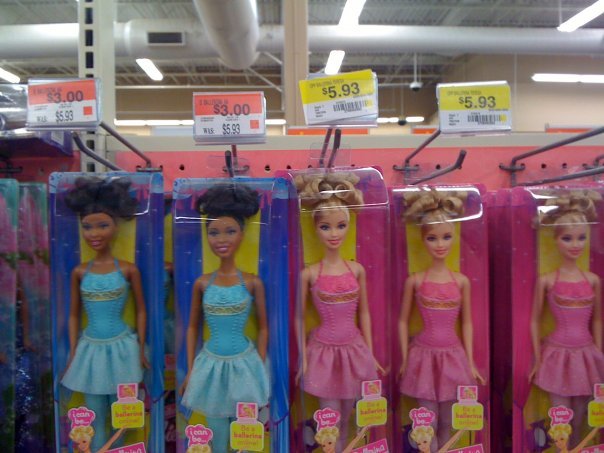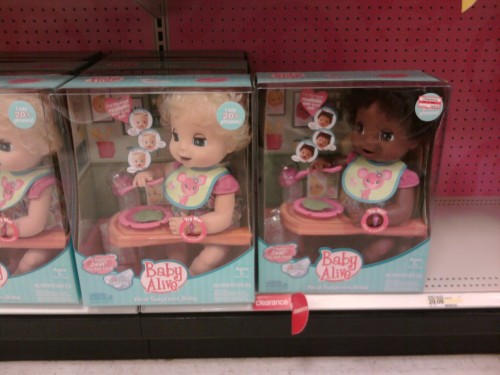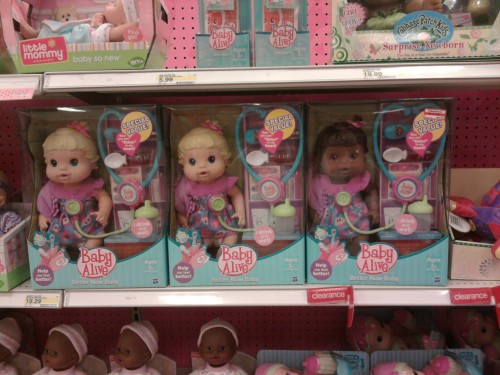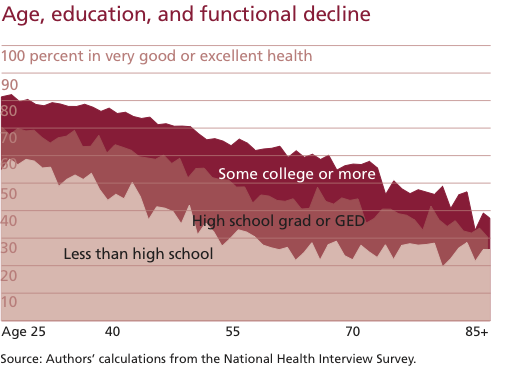Boy, you can’t open the paper these days without seeing something about how irrevocably fucked California’s finances are. With a budget deficit approaching a staggering $40 billion dollars, it’s worth noting that not only is their deficit the biggest in the country in absolute terms but also as a proportion of state GDP. That’s pretty impressive given that California’s economy is bigger than all but a handful of countries.
In my line of work, “Raiding the UCs” is a very real phenomenon. Faculty have seen salaries slashed by 20% (with talk of more cuts to come) while students have experienced dramatic tuition hikes – although it’s fair to note that in-state tuition before the hikes was far lower than in most states. The recent cuts come on the tail end of a 15 year trend that has seen the university system’s share of the state budget halved. With too many obligations and not enough money, it would make sense that cuts to a vital sector like education would be indicative of cuts across the board.
Oh.
Lost in the budget debate is the fact that California spends nearly 10% of its annual budget on the Department of Corrections. Eight billion dollars. Let’s see that with the zeroes: $8,000,000,000. This is, of course, in addition to other money spent on law enforcement and the criminal justice system. Such figures look reasonable only in comparison to a trainwreck like Michigan, where a mind-blowing 22% of the state budget is spent on warehousing the poor in prisons.
We can re-hash all the usual, obvious, and valid culprits – “guideline” sentencing, mandatory minimums, three strikes, a vast social underclass deriving minimal benefit from the state’s aggregate wealth – but we’d say nothing new. The more important questions is how prison systems, and California’s in particular, can absorb the coming increase in crime concomitant with an extended period of double digit unemployment. At a time when every agency needs to get cheaper, the CDC must continue to get bigger (and inevitably costlier) to provide a convenient dumping ground for society’s expendables.
This problem is fascinating because like the Federal budget there is no reasonable move that doesn’t make the situation worse. California can start paroling more people. With no jobs available even for Californians with clean criminal backgrounds, we can imagine how few ex-inmates will find an “honest” living and how high the rate of recidivism will be. It can adopt different sentencing guidelines, which is politically unlikely and will provide only gradual long-term relief. They can simply stop arresting and/or charging so many people, but that too is politically infeasible and may ultimately lead to increased crime levels. They can, as publications as mainstream as Time have noted, formally surrender in the War on Drugs and legalize weed. I will believe that when I see it (although I don’t entirely discount it as the budget situation gets progressively more desperate). They could simply slash the budget, which may not be realistic given the high fixed costs of the system and the current levels of overcrowding/understaffing.
Spending twice as much on prisons as higher education should prompt some soul searching. I won’t hold my breath; in all likelihood the status quo will be maintained and the share of the budget devoted to corrections will continue to increase. Devoting one of every ten tax dollars to locking up the poor is understood as the cost of doing business in a state and society that choose to solve the problem of a persistent underclass the same way it deals with trash; that is, by collecting it in cities and shipping it out to the middle of nowhere to be buried under a mountain of other garbage, never to be seen or thought of again.
—————————–
Ed is a Political Scientist who claims to finds “the spatial and geographic context of political behavior — partisanship, turnout, and public opinion” — particularly thrilling. You can learn more, vaguely inappropriate, things about Ed here. In the meantime, we’re thrilled to feature his post questioning California’s questionable budget priorities. He blogs at Gin and Tacos.
If you would like to write a post for Sociological Images, please see our Guidelines for Guest Bloggers.















